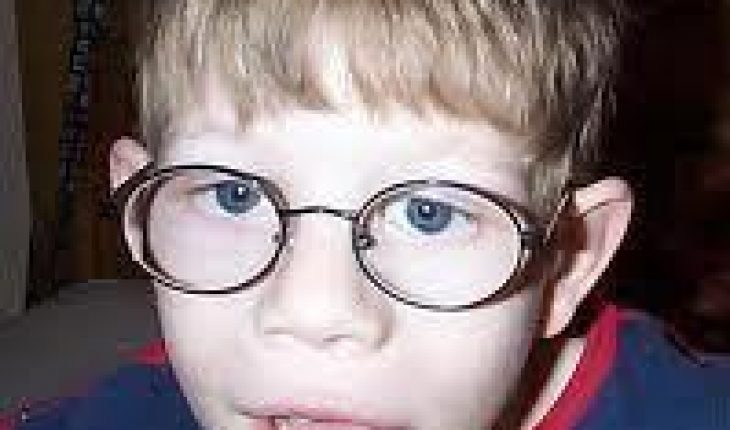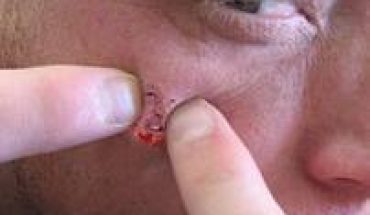Unbiased to ethnicity but more common in females, it is estimated that cri du chat syndrome affects 1 in 20,000 to 50,000 live births. Cri du chat syndrome is a rare genetic disorder first described by Jerome Lejeune in 1963 and characterized by a chromosome-5 deletion or a partial deletion of the short arm of chromosome-5. This is also called 5p monosomy. For a few, this 5p monosomy brings with it a trisomic part of the genome, thus resulting in a more severe form of the disease.
Inheritance of cri du chat
Majority of the times cri du chat is not inherited. The deletion experienced on chromosome-5 occurs during the formation of the reproductive cells (spermatozoa and ova) or during the early stages of development of the fetus. There are however extremely rare cases where the parents have a carrier gene/s. The gene the parent carries is a balanced translocation, which in itself does not cause genetic abnormalities. This is however very dangerous in its passage during reproduction as the gene may become unbalanced causing a deletion. In the case of cri du chat syndrome the gene becomes unbalanced at chromosome-5 and thus the deletion occurs at this point.
Patients of the disease develop normal secondary sexual characteristics at puberty, with the females having regular periods and the males having smaller than average testes. Both sexes are fertile and reproduction can take place normally. It is not known if a pregnancy can be carried to term by the female or if the disease will pass from parent/s to child.
Symptoms of cri du chat syndrome.
Meaning cat-cry in French, the most characteristic symptom of cri du chat syndrome is a cat-cry or meow sound in an infant. This distinctive cat’s meow is due to abnormalities of the larynx and nervous system resulting from the disease.
Children with cri du chat present may have:
- Low birth weight.
- Mental retardation.
- Problems with suckling and swallowing creating problems with feeding.
- Slow development.
- Unusual facial features (these may include; a round face with full cheeks, a flat nasal bridge, a down turned mouth and low set ears).
- Heart defects (example teratology of fallout).
- Speech and motor delays.
- Hyperactivity and some behavioral problems.
- Short fingers.
Diagnosis of cri du chat
Before the age of two, many children are diagnosed with cri du chat because of the distinctive cat’s meow sounded when they cry. After this age approximately 1/3 of all patients lose this distinctive cry but all other symptoms remain. The disease in these cases is diagnosed by these symptoms.
Treatment of cri du chat syndrome
Since cri du chat syndrome is a genetic disorder it is incurable. Unfortunately, not all of the symptoms can be treated and patients remain with these for all of their life. Just like in any other case of mental retardation where speech and motor skills develop slowly, the patient may be given therapy to speed up these processes.





